|
Part three With the major work complete we now turned our attention to rebuilding the car. All the main steel work had been black powder coated and unpacked ready for inspection and assembling. We decided to pipe up the under body of the car first. So with the body turned over access was easy allowing for neat pipework to be accomplished. This method of assembly also allowed us to install the newly made and insulated fire wall and bulk head piping, exhaust and much more as can be seen from the photos. A new feed water heater manufactured in house was installed into the exhaust system. The pump pit was assembled prior to installation . The fuel and water tank we also fitted and held in place with wood straps. This also allowed us to complete most of the pipework. The piping in the pump pit was later altered. the alteration was requested by the owner. He wanted the rear pump (SECOND PUMP) to be operated on the steering column instead of the front pump. That way he could run with the front pump on all the time but operated by the floor mounted valve meaning he could put the second pump on easily by operating the leaver on the steering column. He reasoned that he did not have to bend down when driving to operate the second pump when needed. The boiler blow down valves were also operated from under the bonnet (hood) instead of from under the car body. Again this meant that the boiler blow down could be done without bending down to get to the valves. The fire wall piping also included the installation of a steam driven donkey pump for pumping water into the boiler. This was made some years ago by my father in-law John Liming and refurbished by him for installation back onto the car. A second water tank was also made. A luggage carrier was made and fitted to the rear of the car. Then a wooded box with a lift up lid was made and upholstered. Inside the box was the second tank and spare parts box. The rear bodywork was strengthened with a steel frame inserted into the frame work under the rear seat. This was to make sure the weight of the water tank when full did not stress the body . The rear water tank top was level with the front water tank top. This allowed both tanks to be filled to capacity. The rear tank was piped to the front tank using a one inch stainless pipe, incorporating a flex joint as we did not want the pipe work to be rigid. Because of the design the rear tank gravity fed the front tank as water was being used. A shut of tap was also fitted. The front water tank was also altered. It discovered that the siphon and overflow pipes inside the tank were fitted two inches down from the top of the tank. The meant that the tank could never be filled to capacity. As is normal with Stanley water tanks ,top hat pieces were added to the top of the tank. these stand up above the top of the tank by about one inch. The old over flow and siphon pipes were removed and new ones were then correctly fitted. The steering and boiler installation will be covered in the final part of the story.
0 Comments
Leave a Reply. |
Archives
December 2022
Categories
All
|
|
|
Steam Car Network functions as a resource for all steam car and steam bike enthusiasts. The website is constantly updated with articles, events, and informative posts to keep the community alive and growing. Feel free to contact us if you have any questions or concerns at the email address below and we will promptly reply.
[email protected] |


 RSS Feed
RSS Feed
